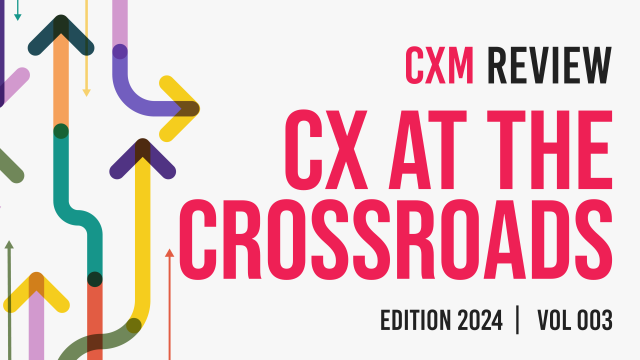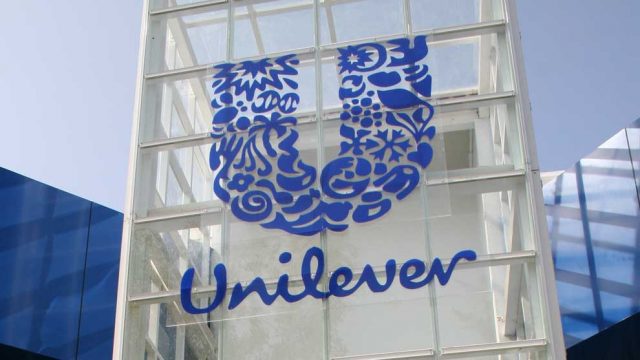April 01, 2025
Study reveals how app crashes wreck consumer trust

An app crashing could be the digital age’s equivalent of a car breaking down on the highway—users are left stranded mid-task, fuming with frustration. A new study reveals just how deep the damage runs, from lost engagement to abandoned platforms and even tanked revenue.
Case in point: Sonos. When the company’s revamped app launched last May, it was a disaster. Critical features were missing, leaving users unable to edit playlists or play anything at all. The backlash was swift and brutal. Hundreds of millions were wiped from the company’s value, and the CEO didn’t survive the fallout.
This kind of chaos is happening more often, as developers rush out updates without fully testing them. “They put something out quickly and fix the mistakes afterward,” says Michel Wedel, a marketing professor at the University of Maryland. “Users are stuck dealing with the consequences.”
Wedel and his fellow researchers investigated what happens after an app crash. The first time it happens, users actually become more engaged—they’re determined to complete their task, a psychological quirk known as the Zeigarnik Effect. But when crashes happen repeatedly, patience wears thin. Users bail, engagement plummets, and companies relying on ads or in-app purchases take a financial hit.
HBO Max’s messy transformation into Max last year is another example. The app kept failing, and customers weren’t shy about their rage. Frequent crashes, especially in a short time, are a fast track to losing users for good.
To avoid this, developers should tread carefully with major updates, avoid bombarding users with buggy new features, and—most importantly—own their mistakes. Blaming users with messages like “Try updating your operating system” only fuels frustration. Instead, researchers suggest a simple, sincere message: “Something went wrong on our end. We’re fixing it. Please come back soon.”
Because in the battle for user loyalty, a little accountability goes a long way.




